Design Meets Sustainability: Trends in Lighting and Ceiling Fans for 2025
Written by
10 February 2025
•
4 min read
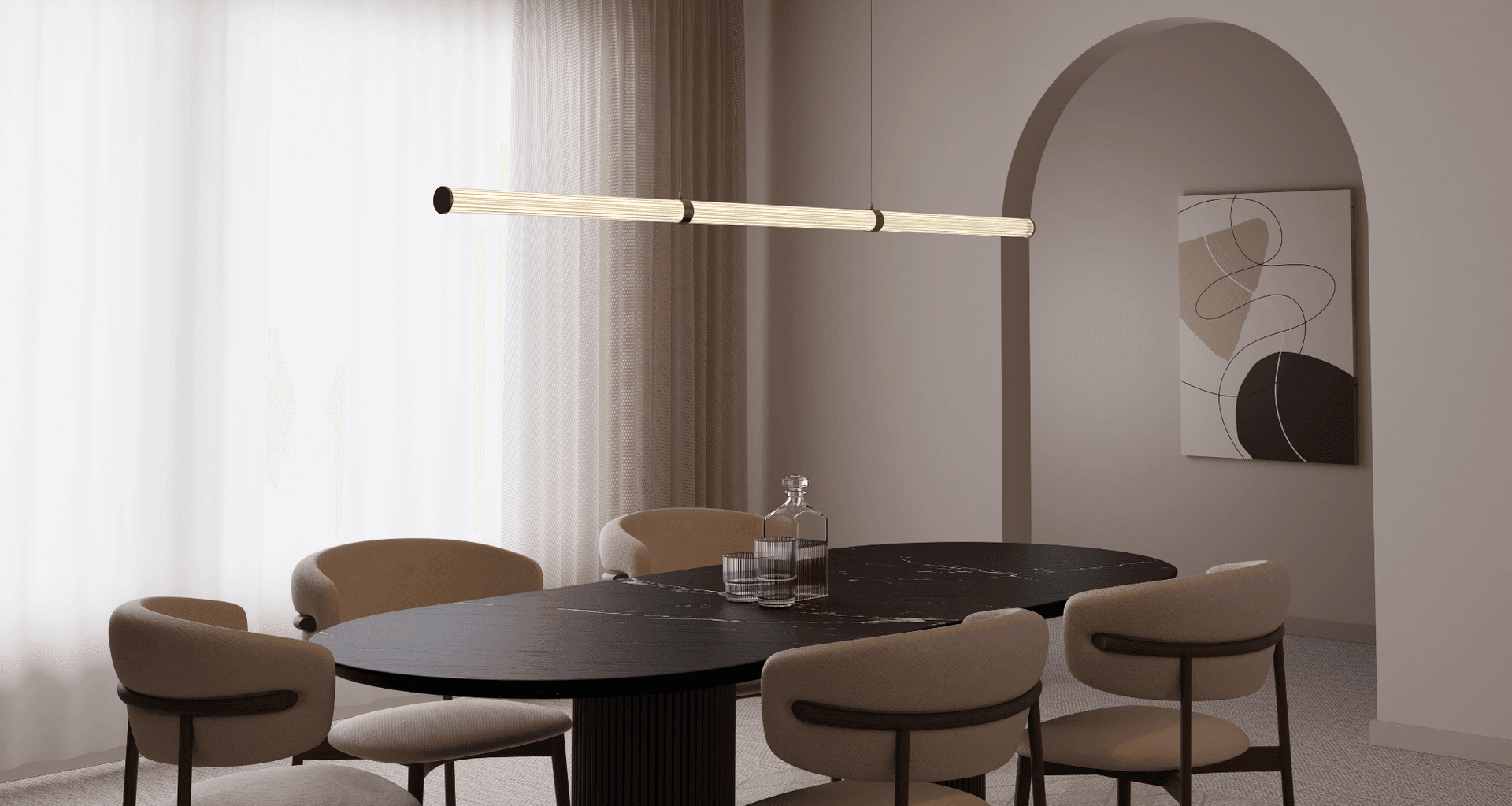
ArchiPro spoke with Andrew Kuchler, Head of Design and Operations at Calibo, to explore the latest innovations in lighting and ceiling fans. With years of experience in product development and design, Andrew provided expert insights into how evolving technology, sustainable materials and design trends are shaping the industry in 2025.
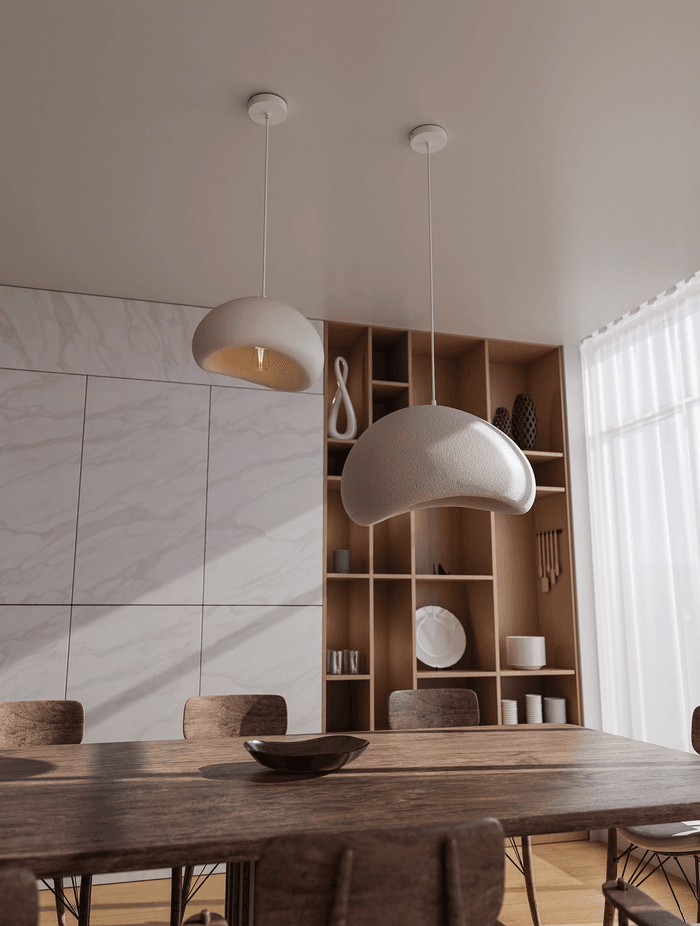
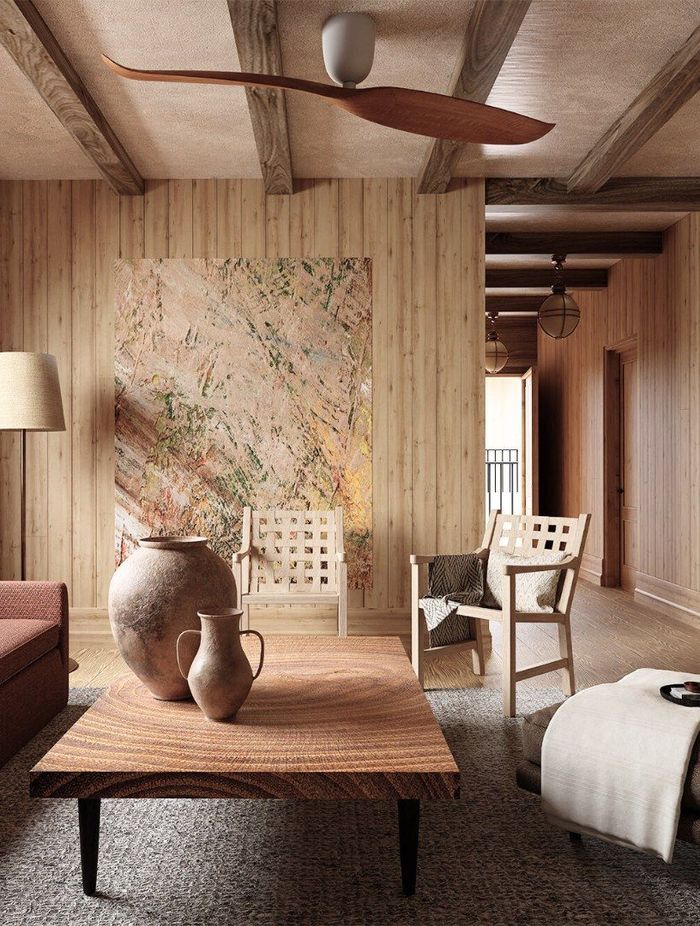
Smart and Sustainable: The Future of Lighting and Fans
The emphasis on sustainability and smart home integration is leading to a wave of innovative lighting and fan ceiling designs. “Homeowners and designers are gravitating toward minimalist, eco-friendly products that seamlessly integrate with home automation systems,” says Andrew. Features like in-app control, motion sensors and human-centric lighting that adapts to the body’s natural circadian rhythm are becoming increasingly popular—and for a good reason. “These innovations boost comfort, energy efficiency, and well-being by mimicking natural light and using brushless motors for quieter, more effective airflow,” he adds.
Innovations in Materials: Enhancing Durability
Durability is a key-consderation for homeowners, especially when it comes to high-traffic areas such as the lounge, kitchen or bathroom. Andrew highlights the role that advanced materials play in extending product lifespans: “We’re seeing a shift towards composite plastics that are lightweight yet incredibly resilient, outperforming traditional metals and engineered timbers.” These materials not only resist wear and tear but also improve efficiency and maintenance.
“Coatings and treatments have also advanced significantly,” Andrew explains. “They help withstand dust, moisture, and UV exposure, ensuring that ceiling fans and lighting fixtures retain their functionality and aesthetics over time. These material advancements mean fewer replacements, less maintenance, and a better long-term investment for homeowners.”
Sustainability at the Core of Design
The topic of sustainability, once an afterthought, is now a core part of the conversation when designing and decorating a home. From sourcing eco-friendly materials to improving production processes, lighting and ceiling fan manufacturers are stepping up when it comes to their commitment to preserving the environment.
“LED technology is leading the way in energy efficiency, significantly reducing electricity consumption,” Andrew states. “Additionally, we’re incorporating more recycled metals, sustainably sourced wood, and composite plastics to minimise resource depletion.”
Durability also plays a vital role in sustainability efforts. “When products last longer, there’s less waste and lower overall consumption,” he continues. “Our goal is to create fixtures that not only meet sustainability targets but also offer timeless designs that people won’t feel the need to replace frequently.”
Additionally, manufacturers are adopting greener production methods. “We actively seek partnerships with overseas suppliers who are reducing emissions, using renewable energy, and implementing sustainable supply chain management,” tells Andrew. “End-of-life considerations are also becoming more important, with recyclability and compostability factored into design choices.”
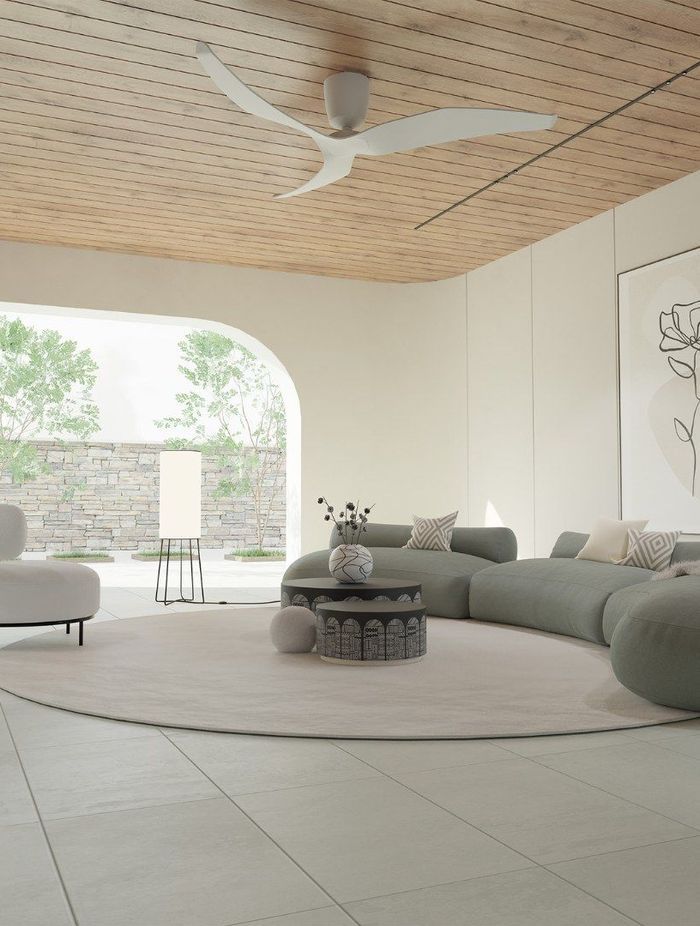
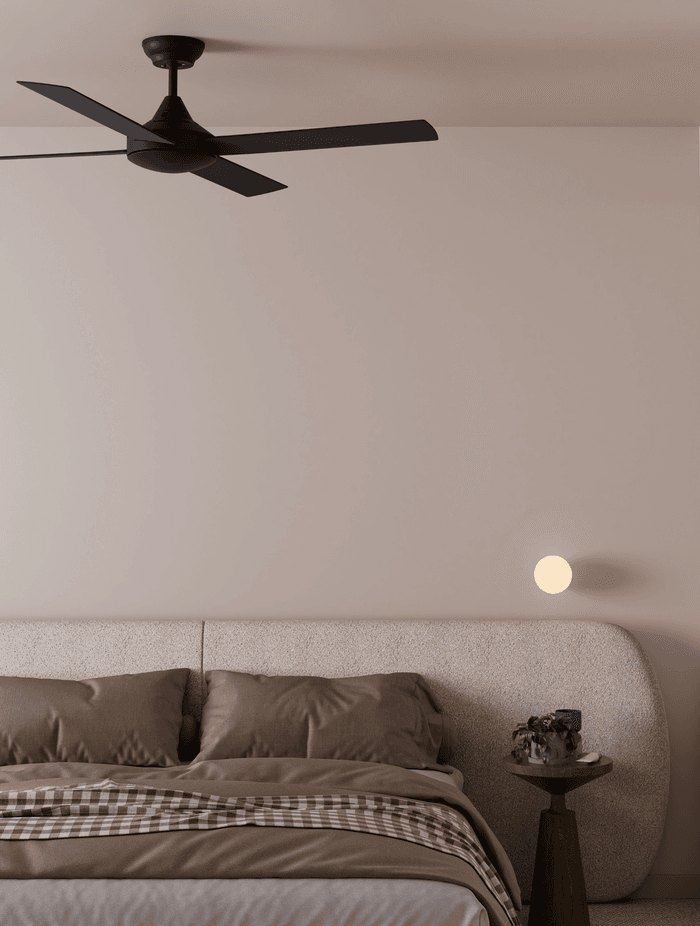
Designing for the Australian Climate
Australia’s climate represents unique challenges, from rising temperatures to ever-changing building regulations. “Ceiling fans and lighting solutions need to be engineered to withstand extreme heat while maintaining energy efficiency,” Andrew explains. “With stricter building codes requiring higher energy ratings, we’re seeing increased demand for ceiling fans and LED lighting that helps new dwellings meet sustainability benchmarks.”
Balancing Functionality with Aesthetics
Modern ceiling fans have evolved beyond their utilitarian roots, now serving as both practical and design-focused elements in Australian homes. “In bedrooms, whisper-quiet DC motors are a top priority,” says Andrew. “In open-plan spaces, homeowners are looking for stylish, high-performance fans with strong airflow and minimalist aesthetics.”
Integrated smart technology is also influencing design choices. “Voice activation, app control, and automated scheduling are now essential features,” he says. “Consumers want convenience without compromising on style.”
Interior Trends: Minimalist, Industrial and Coastal Styles
As interior styles continue to evolve, ceiling fans and lighting designs are following suit. “Minimalist fans with sleek profiles and neutral tones are in high demand,” Andrew observes. “White, black and timber finishes offer versatility, seamlessly blending into contemporary spaces.”
Smart controls are also influencing aesthetics. “By integrating smart technology, we can eliminate bulky remote controls, preserving the minimalist look,” he adds.
When it comes to lighting, texture is key. “Natural stone, gypsum, hand-blown glass, and wood are making a strong statement,” Andrew says. “These materials align with industrial interiors while adding warmth and organic appeal to coastal designs.”
The Future of Lighting and Ceiling Fans
With smart technology, durable materials and sustainability leading the charge, 2025’s lighting and ceiling fan trends are redefining modern interiors. “We’re not just designing for aesthetics; we’re creating solutions that enhance comfort, efficiency, and long-term sustainability,” Andrew concludes.
Whether a minimalist pendant light, an industrial-style ceiling fan or a nature-inspired design, the future of lighting and ceiling fans is set to be both stylish and sustainable.
